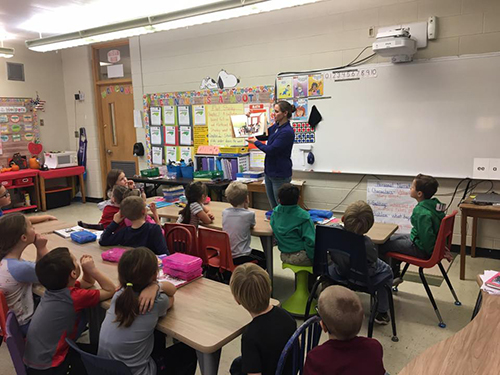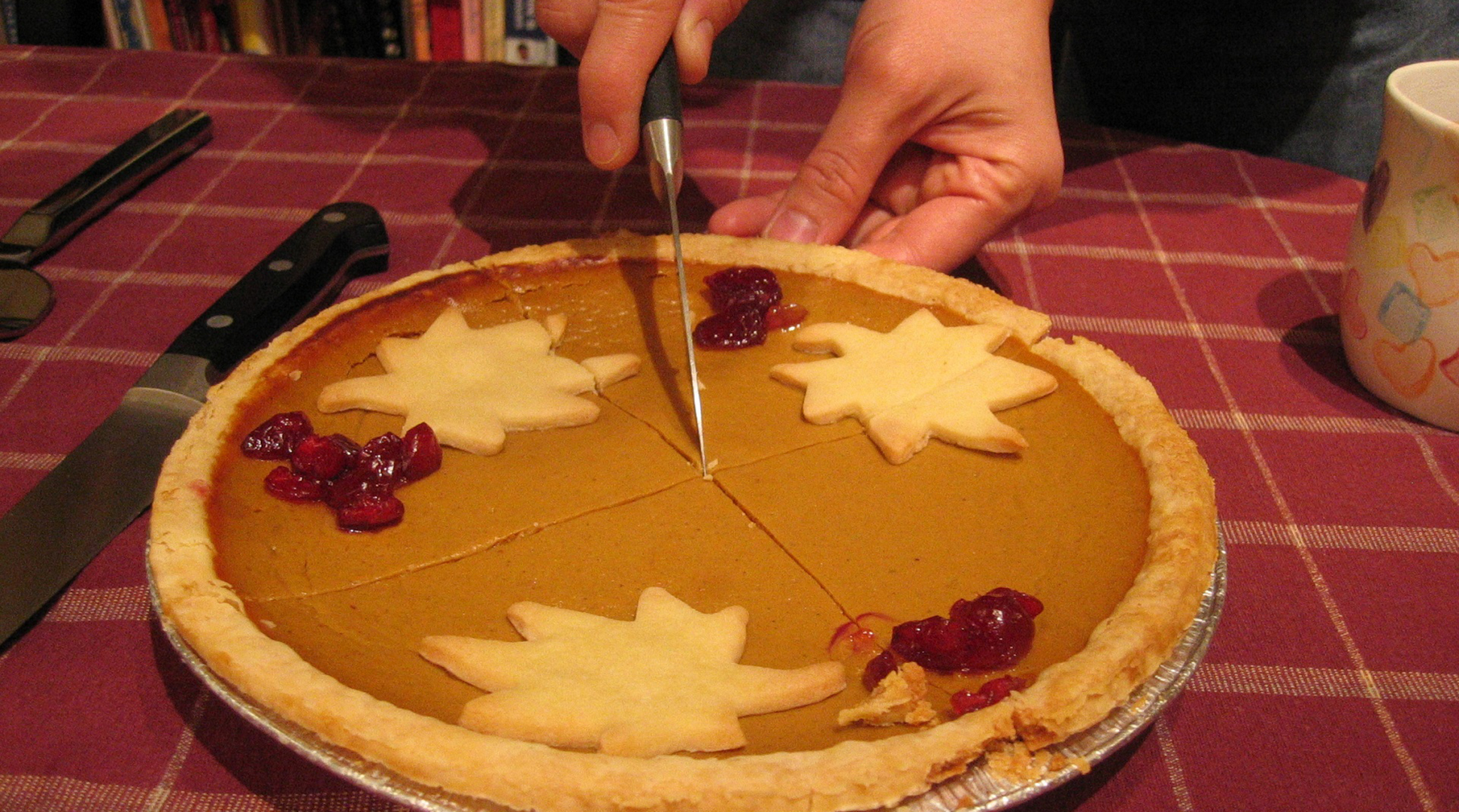Photo courtesy skeeze on Pixabay
by Carie Moore
November is a time we give thanks. Veterans Day, end of harvest, and Thanksgiving all remind us of the blessings we have. It’s a time when we realize all the choices we have, especially among our families. Each dish at your Thanksgiving meal has a story; from great grandma’s special green bean casserole to your aunt’s sweet potatoes, and your grandma’s homemade stuffing. We may have many of the same dishes before us, but how they got there is a different story -- from those who made it to those who grew it.

I spent time this month in three schools with 16 classes who enjoy sharing my passion for agriculture with their students. We think of pumpkins in October/November so this month it was pretty easy to know what topic and activity to do with the kids.
I encourage you to check out the book, “How Many Seeds in a Pumpkin?” by Margaret McNamara for your students or children.

You see, your pumpkin pie filling could have come from pumpkins in Illinois or Indiana. Did you also know there are clues to help you determine how many seeds are in a pumpkin? Factors such as color (the darker, the more seeds), length of time on the vine, and the number of lines or ribs the pumpkin has all play a role. Students learn that just because something is small or different, it doesn’t tell you what’s on the inside, just like a pumpkin. But like a pumpkin pie, there’s always some good stuff on the inside!
There are two great videos that Libby’s has put out on how pumpkins grow and get to your grocery store.
There is one debate the students and I had, though: Whipped cream or ice cream??
I say ice cream, all the way!!!
